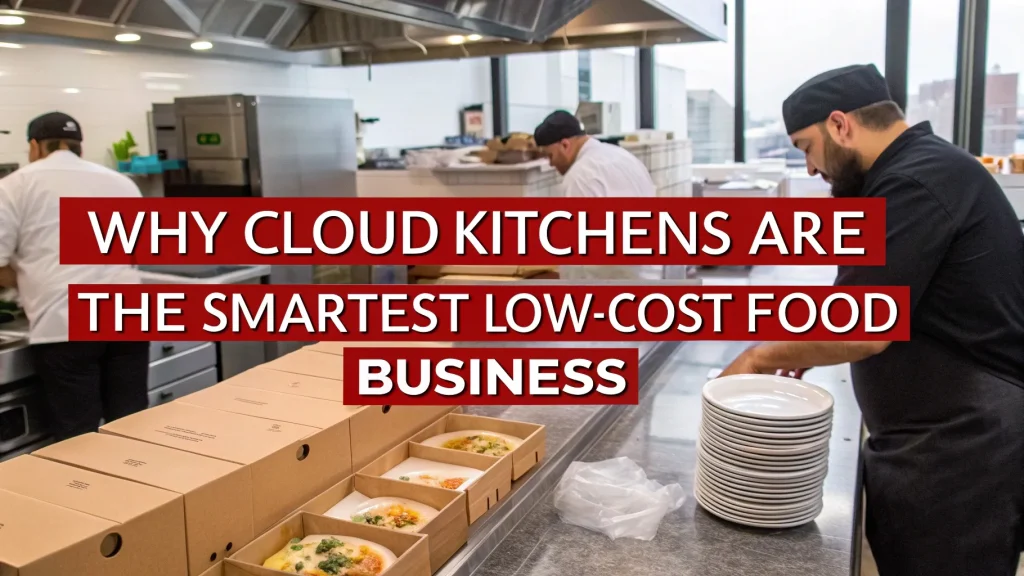In recent years, the demand for craft beer & microbrewery ventures has seen a remarkable upswing across the globe. With changing consumer preferences leaning toward artisanal flavors, local brewing practices, and community-centric pubs, the idea of launching your own brewery is more promising than ever. Whether you’re a passionate homebrewer or an entrepreneur looking for a profitable and creative venture, the craft beer & microbrewery business offers an exciting blend of culture, craft, and commerce.
Starting Your Own Craft Beer & Microbrewery: Key Considerations and Business Models
Before diving headfirst into the world of hops and barley, it’s essential to understand the various business models available in the craft beer & microbrewery space. There are typically four primary models you can consider:
-
Brewpub – A hybrid model where beer is brewed on-site and sold directly to consumers through an attached restaurant or bar.
-
Microbrewery – Small-scale brewing operations focusing on local or niche markets, often supplying beer to bars, restaurants, or directly to customers.
-
Contract Brewing – Here, the entrepreneur outsources production to an established brewery, ideal for those focused more on branding and marketing.
-
Taproom Brewery – A small-scale brewery with an on-site taproom where customers can enjoy fresh beer, often accompanied by events or food trucks.
Each of these models caters to a different market, scale, and capital investment requirement. Brewpubs and taprooms offer high margins but require licenses and real estate. Contract brewing, on the other hand, lowers operational complexity but gives you less control over the brewing process.
Market Research and Trends
According to recent industry reports, the craft beer & microbrewery sector is expected to grow at a compound annual growth rate (CAGR) of over 10% through 2030. The rise is largely attributed to increased consumer demand for unique, high-quality brews that tell a story — a stark contrast from the generic appeal of mass-produced lagers.
Millennials and Gen Z consumers are driving this demand. They’re not just buying beer; they’re buying an experience — flavors that reflect local ingredients, sustainable brewing processes, and compelling brand narratives. This makes marketing and product differentiation key pillars in a successful business plan.
Creative Startup Ideas for Your Craft Beer & Microbrewery
Let’s explore some creative and viable business ideas within the craft beer & microbrewery ecosystem:
1. Theme-Based Microbrewery
Develop a brewery based around a specific cultural or experiential theme — medieval tavern, steampunk, space-themed bar, or regional folk culture. These types of breweries create immersive experiences that boost customer loyalty and encourage social sharing.
2. Farm-to-Mug Brewery
Use locally sourced ingredients from regional farms — organic hops, heirloom grains, seasonal fruits — and highlight sustainability and transparency. This appeals to environmentally conscious consumers and helps foster local partnerships.
3. Mobile Craft Brewery (Beer Bus)
A modified truck or van that acts as a roving taproom. Perfect for private events, corporate gatherings, or food festivals. The initial investment is lower than a physical brewery, and mobility allows wider market reach.
4. Nano-Brewery with Subscription Boxes
Start very small (1-3 barrels) and deliver freshly brewed beer directly to consumers through a subscription model. Ideal for testing new flavors and building a loyal customer base before scaling up.
5. Women-Centric Brewery
Craft beer has often been male-dominated, but there’s a growing movement to make the space more inclusive. A female-focused craft beer & microbrewery could target women’s preferences in flavors, design, and atmosphere, while supporting women brewers and local artisans.
6. Sustainable, Zero-Waste Brewery
An eco-conscious brewery that recycles its own waste, uses renewable energy, and offers beer in reusable or biodegradable packaging. Use spent grain to make dog treats, compost, or baked goods for added revenue.
7. Experimental Brewery Lab
Focus on producing small experimental batches — chili-infused ales, coffee stouts, herb beers — and invite customers to be part of the testing process. This creates community engagement and encourages word-of-mouth promotion.
Legal Requirements and Licensing
Entering the craft beer & microbrewery industry requires navigating a detailed web of regulations and licenses, which can vary by country and region. In India, for example, you must obtain a microbrewery license from the state excise department. Additional permits include:
-
FSSAI (Food Safety and Standards Authority of India) license
-
GST registration
-
Pollution Control Board clearance
-
Trade license from the local municipal corporation
Additionally, breweries must comply with health, safety, and zoning regulations. Consulting a legal expert or business consultant familiar with alcohol laws is strongly recommended.
Equipment and Setup Costs
The major cost components of setting up a craft beer & microbrewery include:
-
Brewing equipment (fermenters, boilers, chillers, storage tanks)
-
Real estate (rent or purchase)
-
Interiors and furnishings (if opening a brewpub)
-
Raw materials (malts, hops, yeast, water)
-
Utilities (especially water and electricity)
-
Staffing and training
-
Licensing and legal expenses
-
Branding and marketing
The setup cost for a nano-brewery in India may start from ?20–25 lakhs, while a full-scale brewpub could require ?1–2 crore depending on location and scale.
Marketing Your Craft Beer Brand
The competition in the craft beer & microbrewery segment is fierce, making marketing a critical part of your strategy. Here are some tips:
-
Brand Identity: Create a compelling logo, slogan, and packaging that reflects your brand’s story and values.
-
Social Media: Use Instagram and Facebook to post high-quality visuals, behind-the-scenes videos, and customer reviews.
-
Collaborations: Partner with local restaurants, event organizers, and influencers.
-
Loyalty Programs: Offer discounts or free tastings to repeat customers.
-
Beer Tasting Events: Organize small tasting sessions and brewery tours to build brand recall.
Remember, your beer is only as good as the story you tell around it.
Profitability and Break-Even Timeline
A well-run craft beer & microbrewery can achieve break-even within 2–3 years. Profit margins on craft beer are significantly higher than commercial beer, especially if you’re selling directly through a taproom or brewpub. Factors that influence profitability include:
-
Volume of production and sales
-
Cost of raw materials and logistics
-
Location and footfall
-
Operational efficiency
-
Customer retention rate
Expanding into merchandise (glassware, apparel, gift boxes) or offering private-label brewing services can further boost revenue.
Challenges in the Industry
Despite its potential, the craft beer & microbrewery industry comes with its own set of challenges:
-
Regulatory Hurdles: Alcohol laws are complex and can slow down licensing.
-
High Initial Investment: Setting up a brewery is capital-intensive.
-
Consumer Education: Not all consumers understand or appreciate craft beer.
-
Competition: Increasing competition from established players and new entrants.
-
Perishability: Fresh beer has a shorter shelf life, requiring efficient distribution.
These hurdles can be overcome through strong planning, innovative marketing, and strategic partnerships.
Future Outlook
The future of craft beer & microbrewery businesses looks bright. With growing urban populations, evolving tastes, and a shift toward premium experiences, demand is likely to surge in both Tier 1 and Tier 2 cities. Innovations like AI in brewing, blockchain-based supply chain tracking, and eco-packaging could redefine the landscape in the coming decade.
Breweries that embrace innovation, authenticity, and sustainability are poised to lead the next wave of growth.
Conclusion
Launching a craft beer & microbrewery is not just a business venture—it’s a passion project, a community builder, and a creative outlet. From conceptualizing unique flavors to building immersive taproom experiences, entrepreneurs have immense scope to stand out in this booming industry.
Whether you’re tapping into regional tastes or experimenting with global ingredients, the key lies in staying true to your brand’s identity and brewing excellence into every pint. Now is the perfect time to turn your brewing dreams into reality. Cheers to your next startup!





